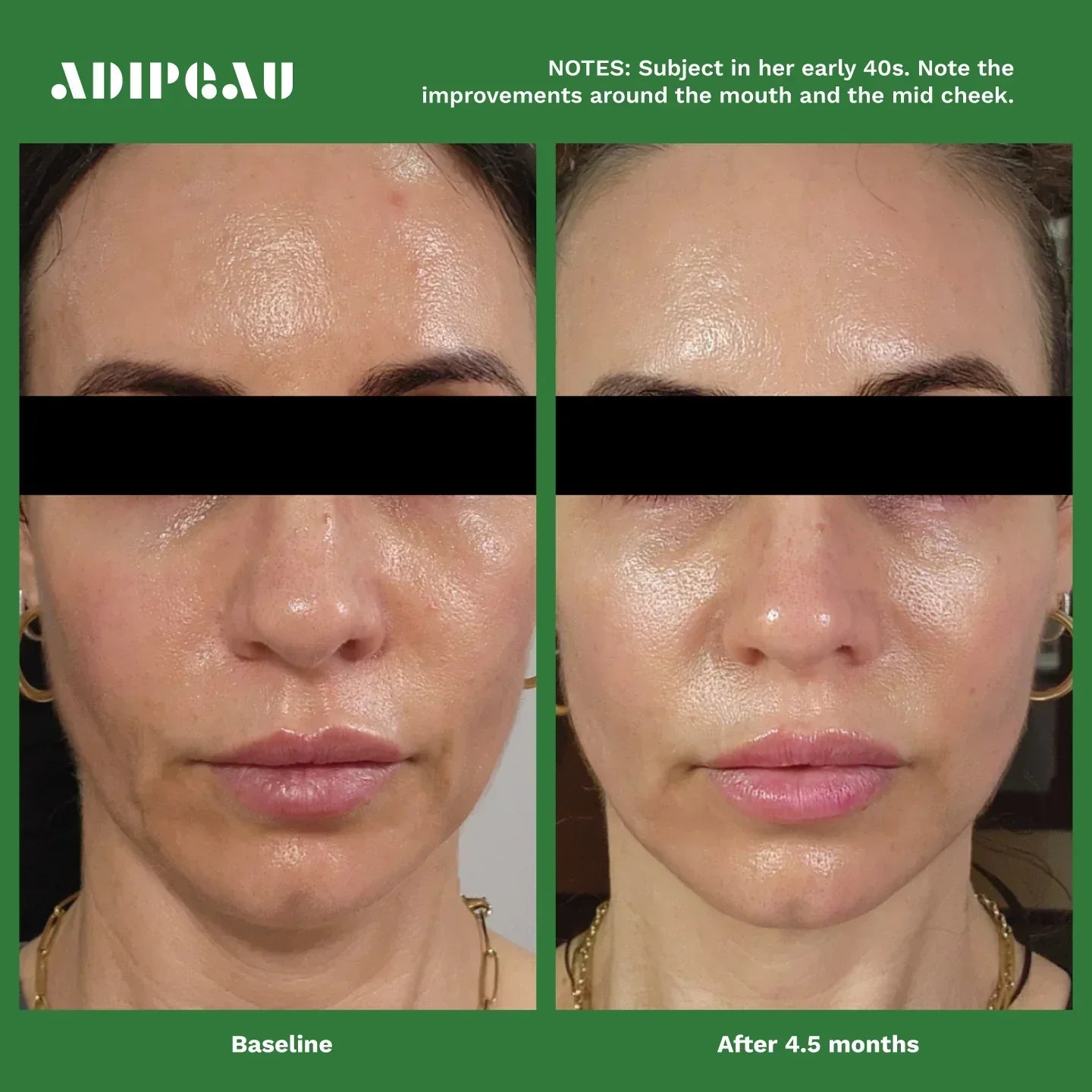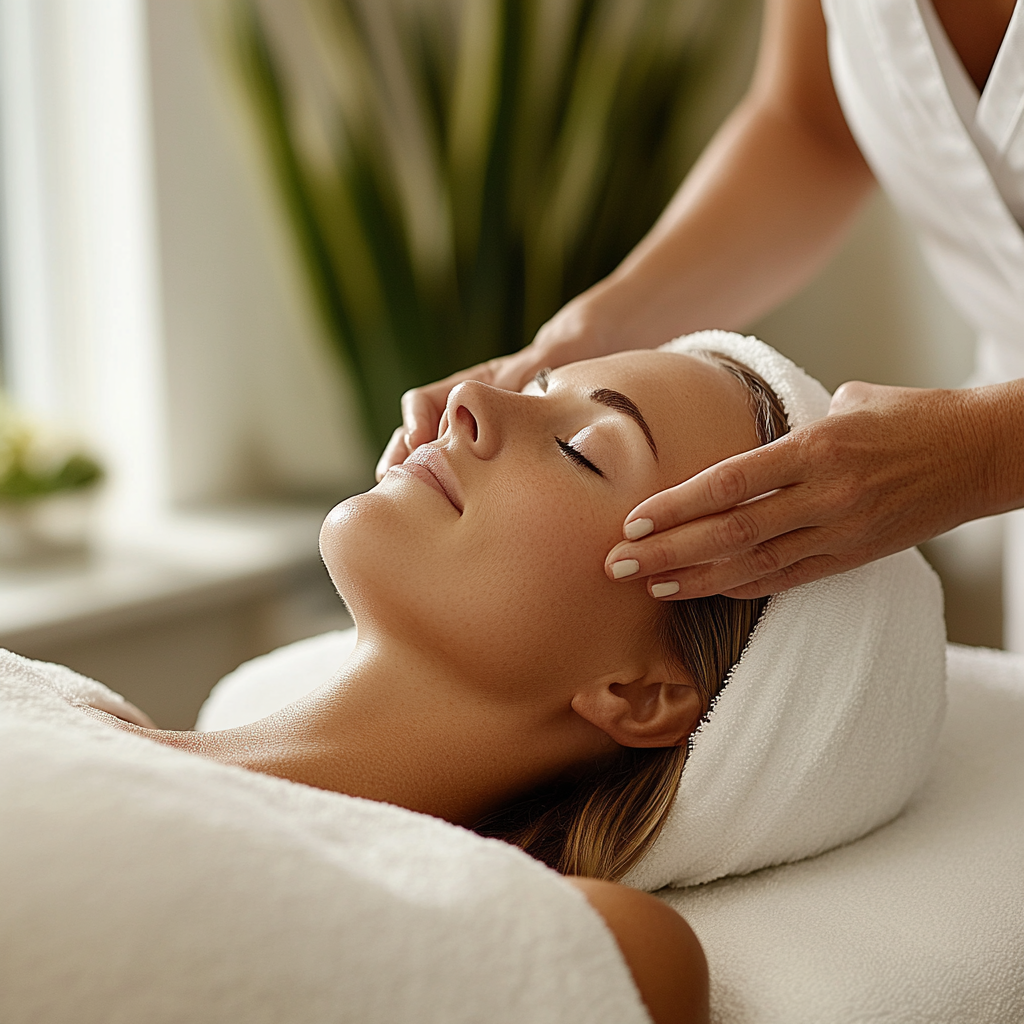What Is Gua Sha?
Gua Sha is a traditional Chinese medicine technique that involves using a smooth-edged tool to scrape the skin. This practice aims to improve circulation, reduce inflammation, and promote overall healing throughout the body. The term "gua" means to scrape, and "sha" refers to the red or purple marks that can appear on the skin after the treatment.
Gua Sha is typically performed by trained practitioners who understand the body’s meridian lines and energy flow, also known as qi. This technique can be applied to various areas of the body, including the face, back, neck, and limbs, to relieve tension and promote healing.
Gua Sha Tools and Technique
Gua Sha involves using specific tools designed to glide smoothly over the skin. The most common tools are made from jade or rose quartz, which are believed to have healing properties. These tools are usually shaped to fit comfortably in the hand and have smooth edges to prevent skin damage.
The technique involves applying a massage oil to the skin to reduce friction, then using the gua sha tool to scrape areas of your body in a downward or outward motion. The pressure applied can vary depending on the treatment area and the individual's tolerance. A licensed acupuncturist or gua sha practitioner will ensure the technique is performed correctly to maximize benefits and minimize discomfort.
The Science Behind Gua Sha
The science behind gua sha lies in its ability to increase blood flow and reduce inflammation. When the gua sha tool is used to scrape the skin, it stimulates microcirculation and promotes the release of metabolic waste from the body. This process helps to enhance the body's natural healing mechanisms.
Research on gua sha suggests that this practice can effectively alleviate symptoms associated with chronic conditions, such as neck pain and chronic low back pain. Studies have found that gua sha improved the range of motion and reduced pain in individuals who received the treatment compared to a control group that had no treatment.
Is Gua Sha Painful?
One common concern is whether gua sha is painful. While the technique can cause some discomfort, it is generally well-tolerated. The sensation experienced during a gua sha treatment can vary from person to person, with some describing it as a deep tissue massage.
Gua sha isn’t intended to be painful, but the scraping motion can sometimes cause petechia, which are small red or purple spots on the skin. These marks are typically temporary and indicate that the treatment is working to improve circulation and reduce inflammation.
What Are the Benefits of Gua Sha?
The benefits of gua sha are numerous, making it a popular choice for those seeking natural healing methods. Here are some key benefits:
Gua Sha May Increase Circulation
One of the primary benefits of gua sha is its ability to increase circulation. The scraping motion helps to stimulate blood flow to the treatment area, promoting healing and reducing muscle tension. Improved circulation can also enhance the delivery of oxygen and nutrients to the skin, resulting in a healthier complexion.
Gua Sha May Relieve Muscle Pain
Gua sha may relieve muscle pain by reducing inflammation and breaking up adhesions in the muscle tissue. This makes it an effective treatment for conditions such as neck pain, low back pain, and chronic muscle tightness. Many people who receive gua sha treatments report significant pain relief and improved mobility.
Gua Sha May Promote Lymphatic Drainage
Gua sha therapy can promote lymphatic drainage, which helps to detoxify the body and reduce swelling. The lymphatic system is responsible for removing waste and toxins from the body, and gua sha can enhance this process by stimulating lymph flow and reducing congestion.
Gua Sha May Have Anti-Aging Benefits
Gua sha may have anti-aging benefits by promoting collagen production and improving skin elasticity. Regular gua sha facial treatments can help to reduce the appearance of fine lines and wrinkles, resulting in a more youthful complexion. The improved blood flow and lymphatic drainage also contribute to a brighter and more radiant appearance.
Are There Risks or Side Effects of Doing Gua Sha?
While gua sha is generally considered safe, there are some potential risks and side effects to be aware of. The most common side effect is bruising, which can occur due to the pressure applied during the treatment. These bruises, known as petechia, are usually temporary and fade within a few days.
Other potential side effects include mild discomfort, redness, and slight swelling in the treated area. It is essential to perform gua sha with the proper technique and pressure to minimize these side effects. Individuals with certain medical conditions or those taking blood thinners should consult with a healthcare provider before trying gua sha.
Is Gua Sha Actually Effective?
Gua sha is believed to be effective for a variety of health issues, including pain relief, inflammation reduction, and improved circulation. Many people who practice gua sha or receive treatments from trained practitioners report significant improvements in their symptoms. While more research is needed to fully understand the benefits and mechanisms of gua sha, existing studies suggest that it is a valuable complementary therapy.
Gua sha’s effectiveness can vary depending on the individual and the condition being treated. It is always recommended to consult with a licensed practitioner to determine whether gua sha is suitable for your specific needs.
How Frequently Should You Perform Gua Sha?
The frequency of gua sha treatments depends on the individual's needs and the condition being treated. For general maintenance and relaxation, performing gua sha once a week may be sufficient. However, for chronic conditions or acute pain, more frequent sessions may be beneficial.
Consulting with a trained gua sha practitioner can help determine the best treatment plan for you. They can provide guidance on how often to perform gua sha and ensure that the technique is applied correctly to achieve optimal results.
Recovery After Gua Sha Treatment
Recovery after a gua sha treatment is typically straightforward, with most individuals experiencing minimal downtime. It is normal to have some redness and mild bruising in the treated areas, which should subside within a few days. To aid recovery, it is recommended to stay hydrated and avoid strenuous activities immediately after the treatment.
Applying a soothing lotion or aloe vera gel can help reduce any discomfort and promote healing. If you experience any severe or prolonged side effects, it is important to consult with your practitioner or a healthcare provider.
Ready to experience the benefits of gua sha? Book your appointment with Ana Csere Skin Care in Boca Raton today and discover how this ancient practice can enhance your well-being and rejuvenate your skin.




